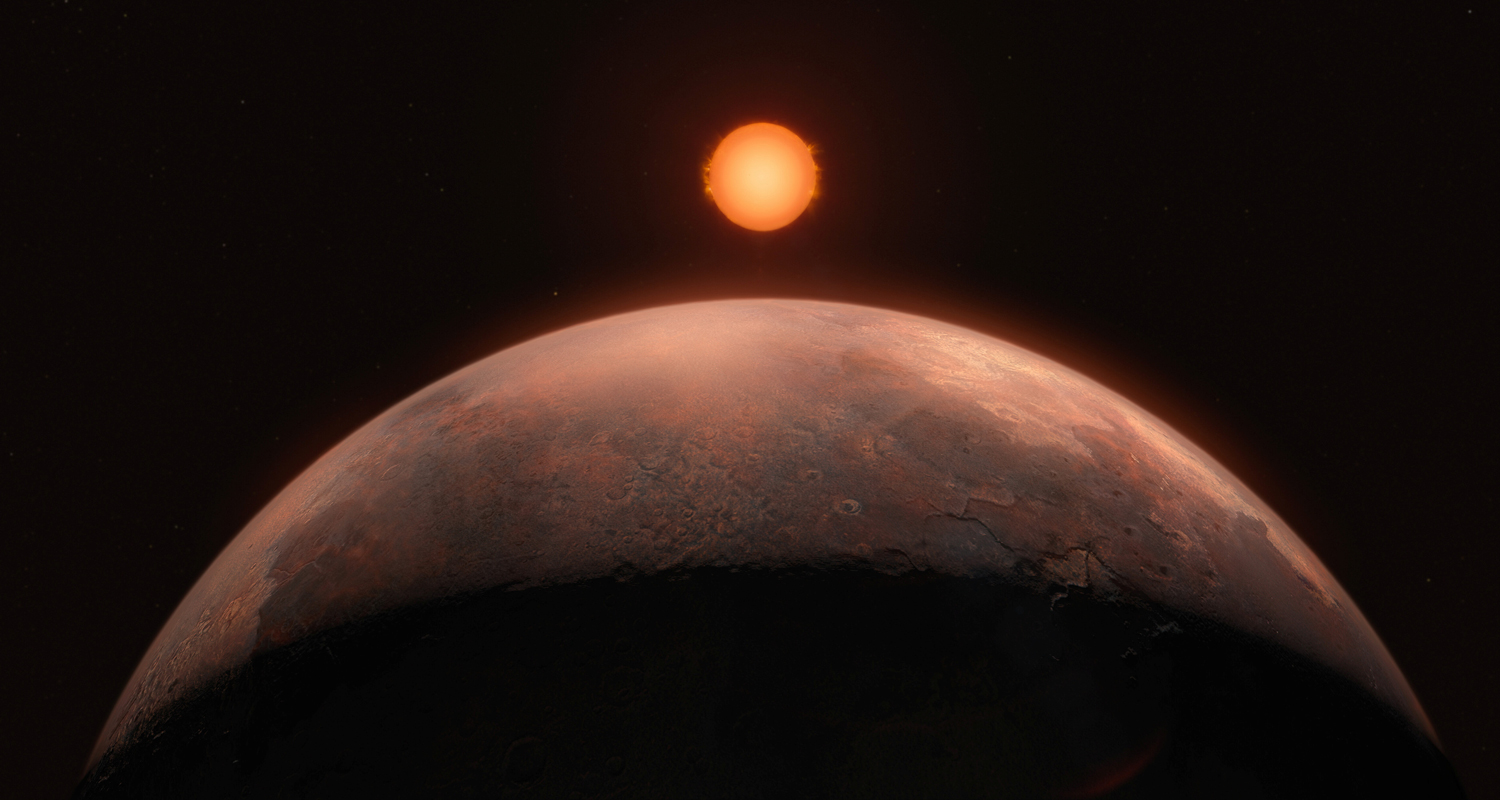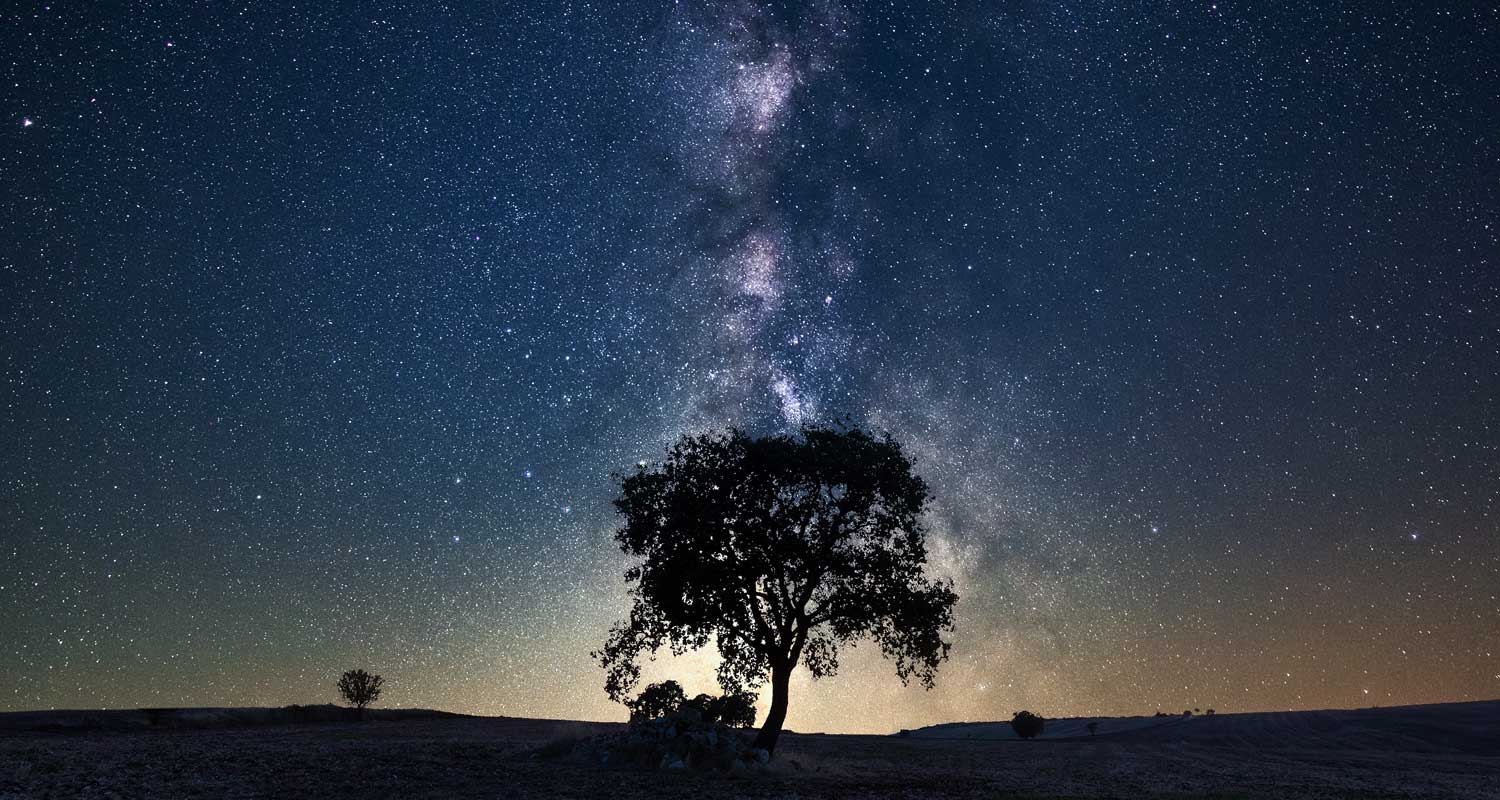 An artist’s impression shows the sub-Earth-mass planet that was discovered orbiting Barnard’s Star, the closest single star to our solar system
An artist’s impression shows the sub-Earth-mass planet that was discovered orbiting Barnard’s Star, the closest single star to our solar systemBarnard’s Star is a red dwarf, the smallest type of regular star and much smaller and less luminous than our sun. At about six light years away, it is the closest single star — one not orbiting with other stars — to our solar system. It is, in cosmic terms, in our neighbourhood.
Because of this, scientists eager to study nearby potentially habitable worlds are excited by the discovery of the first confirmed planet orbiting Barnard’s Star, a rocky one with a mass about 40% that of Earth.
While this planet, orbiting very close to Barnard’s Star, has a surface temperature too high to be suitable for life, the researchers found what they called “strong hints” of three other planets around Barnard’s Star that might be better candidates.
The confirmed planet, called Barnard b, has a predicted diameter about three-quarters that of Earth, so about 9 700km.
“It is one of the least massive planets ever found” beyond our solar system, said astronomer Jonay González Hernández of the Instituto de Astrofísica de Canarias in Tenerife, Spain, lead author of the study published this week in the journal Astronomy & Astrophysics.
Among planets in our solar system, only Mars and Mercury are smaller.
Barnard b, with a surface temperature around 125ºC, orbits Barnard’s Star in just three Earth days at a distance 20 times closer than our solar system’s innermost planet Mercury is to the sun.
Exoplanets
Planets beyond the solar system are called exoplanets. Scientists searching for exoplanets that possibly could harbour life look at those residing in the “habitable zone” around a Star, where it is not too hot and not too cold, and liquid water can exist on the planetary surface.
The researchers used an instrument called Espresso on the European Southern Observatory’s Chile-based Very Large Telescope to detect this planet. The three other potential planets orbiting Barnard’s Star all apparently are rocky and smaller than Earth, ranging from 20-30% of Earth’s mass. The hope is that at least one of these may be in the vicinity of the habitable zone.
Read: Musk announces uncrewed SpaceX missions to Mars
If confirmed, this would be the only known star with a multi-planet system entirely comprised of planets smaller than Earth.
Barnard’s Star, in the constellation Ophiuchus, has a mass about 16% of the sun’s, a diameter 19% of it and is far less hot. It also is estimated to be more than twice as old as the sun.
 “Being so cold and small, it is quite faint, making its habitable zone much closer to the star than in the case of the sun,” said Instituto de Astrofísica de Canarias astronomer and study co-author Alejandro Suárez Mascareño. “It also is a very quiet star. While some red dwarfs have been found to flare very frequently, Barnard’s Star doesn’t do it.”
“Being so cold and small, it is quite faint, making its habitable zone much closer to the star than in the case of the sun,” said Instituto de Astrofísica de Canarias astronomer and study co-author Alejandro Suárez Mascareño. “It also is a very quiet star. While some red dwarfs have been found to flare very frequently, Barnard’s Star doesn’t do it.”
The closer that exoplanets are to us, the easier they are to study. It is easier to detect low-mass rocky planets orbiting red dwarfs, the most common type of star in our Milky Way galaxy, than around larger stars.
Only the three stars in the Alpha Centauri system, about four light years away, are closer to our solar system than Barnard’s Star. A light year is the distance light travels in a year, 9.5 trillion kilometres. Two exoplanets have been detected in the Alpha Centauri system, both orbiting the red dwarf Proxima Centauri. One has a mass about equal to Earth’s. The other is about 25% Earth’s mass.
‘Out of reach’
In science-fiction, light-speed travel is commonplace. In reality, it is far beyond human capabilities, though research projects such as Breakthrough Starshot are exploring the feasibility of interstellar travel. Barnard’s Star and Alpha Centauri might be on wish lists of future destinations.
“While they are very close in astronomical terms, they are out of reach for any kind of human technology. However, if projects such as the Breakthrough Starshot are successful, it is likely that these will be some of the first targets,” Mascareño said. — Will Dunham, (c) 2024 Reuters
Don’t miss:
As Cern turns 70, it looks for ways to finance next big thing



 4 hours ago
17
4 hours ago
17













